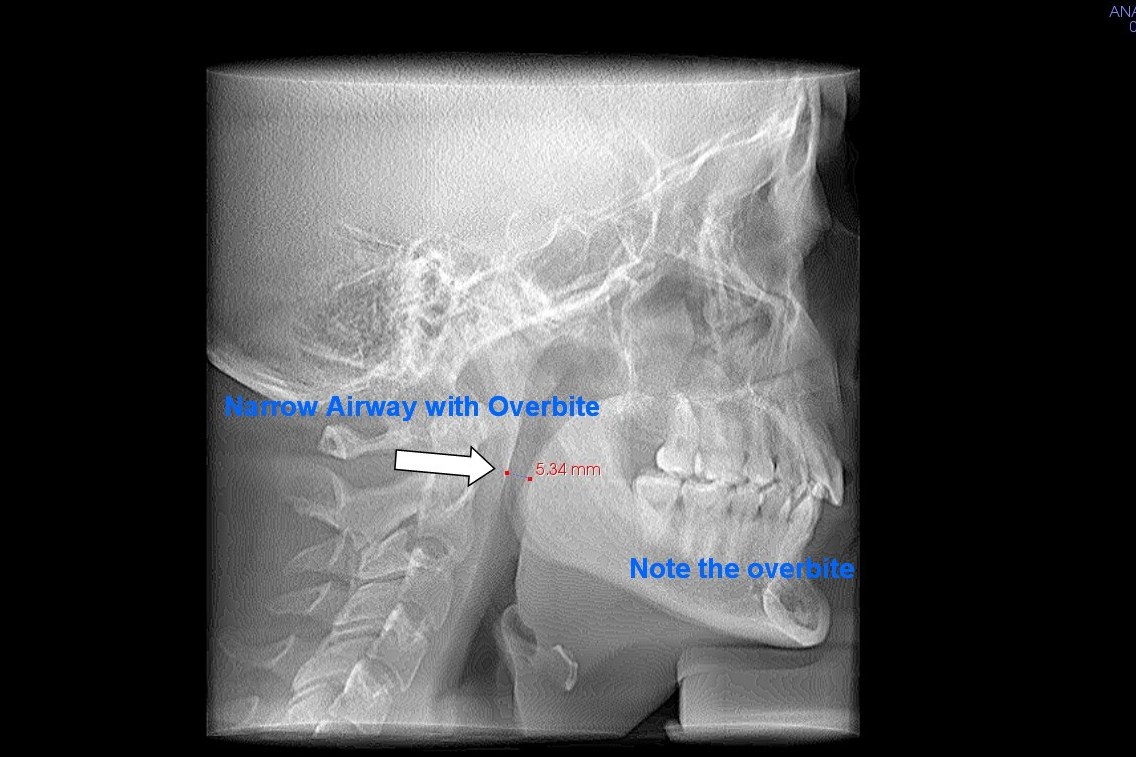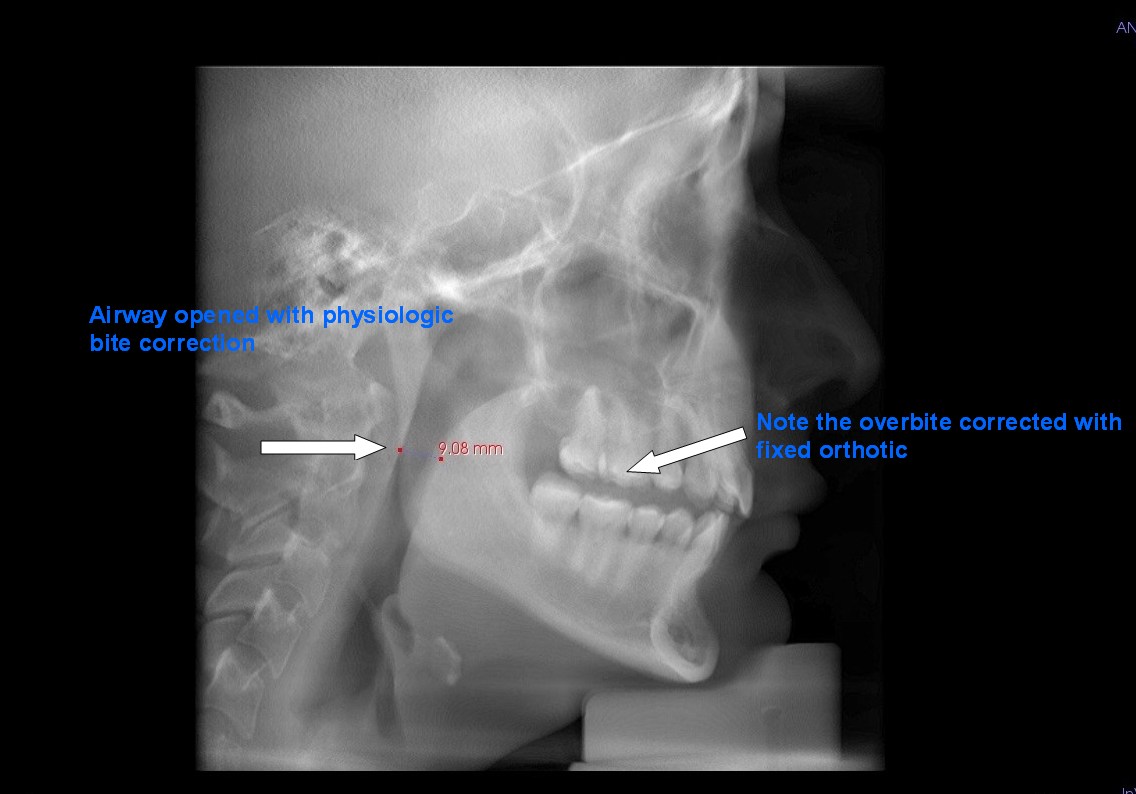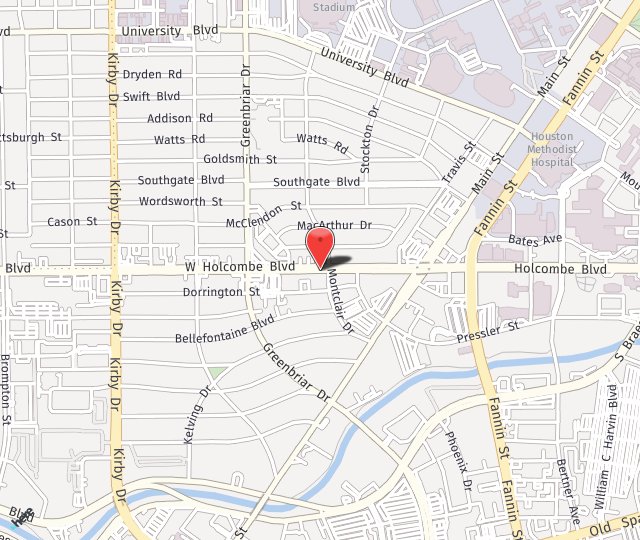Overbites (deep bites) are quite common and are often not properly addressed. The first thing most professionals do is look at the teeth and the angle classification of the teeth. Treatment is often based on this and assumes this is the only issue. Simply moving the teeth based on these parameters without addressing the rest of the individual’s needs from airway/breathing, facial beauty, and addressing what has caused the problem can lead to relapse and less than desirable results. These less than desirable results can include overbites as well as TMJ pain.
Many times the causative factors of overbites can be related to airway/breathing issues when the individual is young, or even from an underdeveloped upper jaw. This relationship is not new and has been written about for years. Many times the facial traits are often passed off as genetic.
There is another way to evaluate and treat these types of cases. Epigentic or physiologic orthodontics discusses and treats based on the fact that malocclusions are really a distortion of the genetic process which has been distorted or hindered in some way.
In this case, this young lady, presented with TMJ pain, headaches, poor sleep and snoring. The cause of her bad bite was an inability to breath nasally due to allergies. This mouth breathing leads to poor jaw development. To compensate, conventional orthodontic treatment tried to correct her bite by removing the upper two bicuspids and pulling the jaw back. This further compromised her airway.
How does one correct this or prevent this? The first line of treatment in this case is to get this young lady out of pain and help her breathe. Nonsurgical TMJ treatment with a fixed orthotic, repositioning her jaw to the correct physiologic position was utilized. This also opened the airway (see photos). When the patient was pain free and able to breath, a second phase of treatment was implemented. This involved the use of the Fixed Anterior Growth Guidance Appliance (FAGGA) to redevelop her upper jaw forward and open the spaces where the extracted teeth were. This non-surgical treatment also helps develop the proper size of her airway. The photos show the FAGGA after three-months of treatment.
The final care involves Controlled Arch Orthodontics, which can help close the spaces by moving the teeth forward and not retracting them by conventional means. Additionally, implants can be placed to replace the missing teeth.
In overview, there is more to developing faces than just straight teeth. This treatment allows for non-surgical treatment of deep bites or overbites. These cases can also be treated with porcelain in patients who are not interested in further orthodontic care. These treatments both can improve patients well being and provide development of facial beauty, or what can be described as a non-surgical facelift with dental care.
If you have any questions regarding Houston Non-surgical Overbite Correction or Houston TMJ Treatment, please feel free to call our office, Ronald W. Konig DDS, FAGD, LVIF, FIAPA, 713-668-2289.



